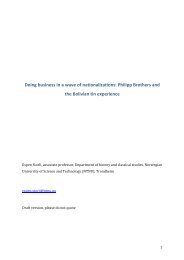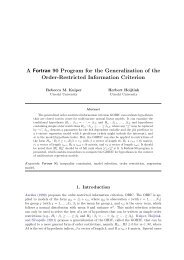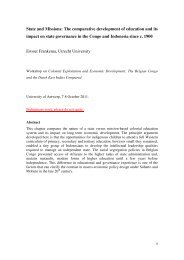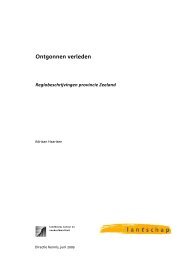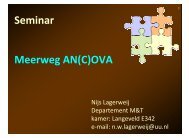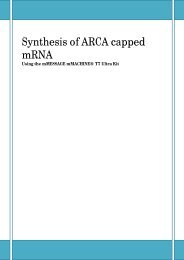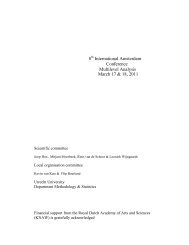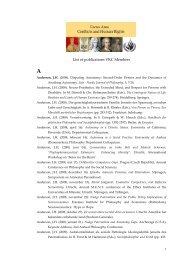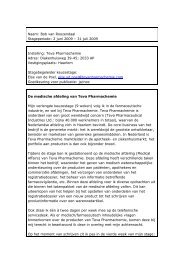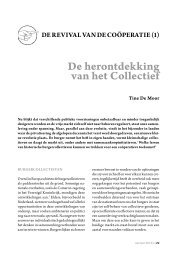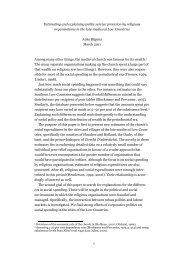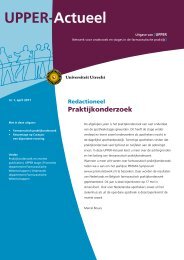New Approaches to Medieval Communication?1
New Approaches to Medieval Communication?1
New Approaches to Medieval Communication?1
Create successful ePaper yourself
Turn your PDF publications into a flip-book with our unique Google optimized e-Paper software.
16 MARCO MOSTERTThe contribu<strong>to</strong>rs <strong>to</strong> this volume do not claim <strong>to</strong> have themselves developedhighly original approaches <strong>to</strong> medieval communication. Their approaches arenot ‘new’ in this sense. Rather, they address questions which have been raisedfairly recently in medieval studies about communication, literacy and orality,in the hope that their provisional answers might show others ways in which <strong>to</strong>arrive at some cogent answers.The question might be put whether medieval communication is in itself avalid subject for research. The implicit answer given by the very existence ofthis volume is affirmative. In order <strong>to</strong> substantiate it, a his<strong>to</strong>riographical reviewof some of the evidence accumulated in the bibliography can be given. Manysurveys of the debate on medieval literacy exist; 5 <strong>to</strong> my knowledge, no surveyof that debate in the context of medieval communication has as yet been attempted.<strong>Communication</strong> as it is unders<strong>to</strong>od in this volume is a modern concept. Wehave <strong>to</strong> be clear about what it means in medieval studies before we can studymedieval communication. On the basis of the literature on the subject, we mayattempt <strong>to</strong> establish which forms and modes of communication were available<strong>to</strong> medieval men and women. Because written and oral modes have so far beenat the centre of attention, we will pay attention <strong>to</strong> the words denoting the conceptsof literacy and orality. As Anglo-Saxon and German scholarly traditionshave been the most influential in this domain, we will limit ourselves <strong>to</strong> theterminology developed in those two languages. Once we are clear about whatwe mean when we talk about medieval communication, we may survey thecontents of the publications on the subject. Finally, we may suggest somepromising ‘new’ approaches <strong>to</strong> medieval communication.<strong>Communication</strong> and the Study of the Middle Ages‘<strong>Communication</strong>’ and its German equivalent ‘Kommunikation’ are relativelylate arrivals in medieval studies. ‘<strong>Communication</strong>’ first makes its appearancein 1979, as part of the title of Michael Richter’s book on oral communicationin England in the later Middle Ages. 6 The word tends <strong>to</strong> be used initiallyfor forms of non-written communication, be they oral 7 or non-verbal. 8 It5Nos. 31-74.6No. 300.7Nos. 1248 (ASSMANN, 1980), 560 (VAN UYTFANGHE, 1984), 518 (KLEINSCHMIDT, 1988),510 (BANNIARD, 1992) and 525 (RAIBLE, 1994).8Nos. 410 (MCCLINTOCK, 1981) and 1543 (NEWBOLD, 1997).



